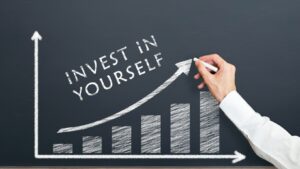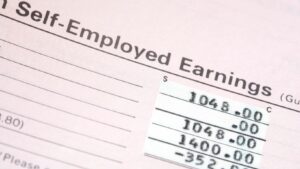In the dynamic world of finance, self-finance has emerged as a powerful tool for individuals to take control of their financial futures. It’s about more than just saving money; it’s about understanding and managing one’s own financial resources to achieve personal goals.
Self Finance

In essence, self finance entails managing, investing, and directing one’s money towards accomplishing financial objectives. It comes with the understanding that individuals are responsible for their financial well-being. Amid the budding trends of entrepreneurship and the gig economy, control over one’s finance becomes a proven strategy for wealth creation. This pursuit is not limited to business ventures but also personal goals, such as buying a home, retirement planning, or debt reduction.
Individuals practicing self-finance typically exhibit financial literacy, characterized by the ability to make informed decisions about resource management. They strike the ideal balance between expenditures and savings. For example, they often plan their budgets well, cut down needless expenses, and save a certain portion of their income consistently.
Optimization of one’s financial resources depends on sound investment decisions. Those skilled in self-finance explore avenues like stocks, bonds, real estate, or small businesses to amplify their wealth. For instance, an individual might invest in blue-chip stocks to garner stable returns.
Thus, self-finance becomes a roadmap to financial independence. It’s the path that leads individuals towards achieving their financial goals and securing a sound future.
Key Concepts in Self Finance
Delving deeper into self-finance uncovers four distinct pillars: financial literacy, budgeting, investing, and tax planning.

Financial literacy imparts knowledge on how monetary systems operate, the influence of inflation, and the use of credit. It emphasizes the importance of understanding financial contracts, insurance schemes, and retirement plans.
Budgeting, the second pillar, acts as a strategic framework for monetary allocations. It includes tracking income and expenditures, setting financial goals, and making adjustments to maintain financial stability.
Investing, the third element of self-finance, involves channeling funds into various investment vehicles. Stocks, bonds, real estate, and mutual funds serve as common choices. It’s crucial to assess investment opportunities carefully, considering the risk-reward ratio.
Lastly, tax planning aids in optimizing the tax burden. It focuses on understanding tax laws, leveraging tax deductions, credits, and making timely tax payments. An efficient tax strategy can result in significant savings, adding to one’s financial corpus.
Self Finance Tools and Resources

Diving deeper into the realm of self-finance, one comes across a myriad of tools and resources. To reinforce financial literacy, one can access webinars, online courses, and books – all rich with knowledge about monetary systems, credit, and financial contracts, among other topics. Budgeting tools, such as spreadsheets and apps, aid in tracking income and setting goals. Using these, adjustments in spending become more manageable, aiding in financial stability.
Investing, another essential pillar, unveils a trove of resources. Interactive tools help individuals understand stocks, bonds, real estate, and mutual funds, assessing risk-reward ratios wisely. Taxation resources include up-to-date tax laws, deductions, and credits, tailored to geographic location. Timely payments can be automated, ensuring no missed deadlines.
Planning for the Future
Harnessing the power of self-finance is the key to a secure financial future. It’s not just about saving, but understanding and leveraging financial systems to one’s advantage. Through financial literacy, budgeting, investing, and tax planning, individuals are equipped with the knowledge to make informed financial decisions.
The digital era has made self-finance more accessible than ever. With a plethora of resources such as webinars, online courses, and interactive tools, mastering self-finance has become achievable for everyone. It’s about taking incremental steps, utilizing the right tools, and continuously educating oneself.
Remember, the journey of self-finance is a marathon, not a sprint. It’s about consistent growth and learning. With the right mindset and resources, anyone can take control of their financial destiny. So, it’s time to embrace self-finance and start planning for a financially secure future.



